When it comes to satin, gloss, and semi-gloss finishes, it’s easy to get lost in a sea of marketing terms. Take a satin finish from General Finishes and compare it to one from Minwax, and you’ll quickly notice a difference in appearance. Despite both being labeled as satin polyurethanes, I know it seems chaotic, but fear not, I’ll attempt to help you navigate this bewildering confusion and lay bare the meaning of these terms.
But let’s not stop there, we’ll explore whether sheen is merely a matter of aesthetics or if there’s functionality tied to it.
Stick around until the end where a wood finishing expert will share their insights on the topic, shedding light on the significance of sheen selection. With this knowledge in hand, you’ll be equipped to confidently choose the perfect sheen for any situation, untangling the confusion and unlocking the secrets of satin, gloss, and semi-gloss finishes.
What is Sheen?
Sheen refers to the level of shine or glossiness that a finish imparts on a surface. It is determined by the amount of light reflected by the finish. Different finishes offer varying levels of sheen, ranging from a matte or low-sheen appearance to a high-gloss, reflective surface.
The sheen of a finish is influenced by several factors, including the type of coating or product used, the formulation of the finish, and the application technique. Manufacturers often categorize finishes into different sheen levels, such as matte, satin, eggshell, semi-gloss, and gloss, to help consumers choose the desired level of shine for their projects
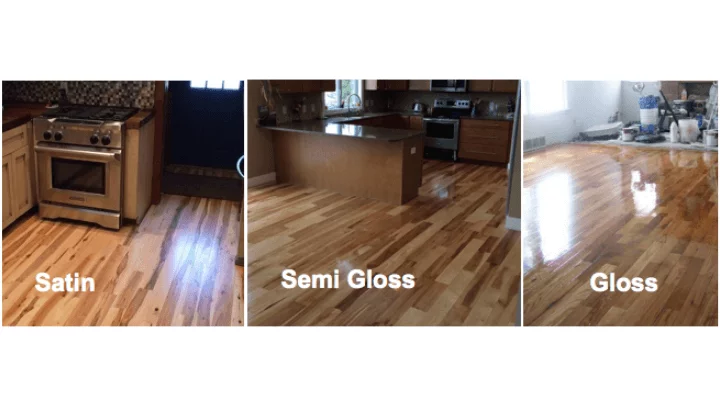
Satin Finish: A Subtle Elegance
A satin finish offers a refined and understated elegance to wood surfaces. With its low sheen level, it imparts a smooth and matte appearance that strikes a delicate balance between a lustrous shine and a subdued effect. Satin finishes are highly regarded for their ability to create a soft and sophisticated ambiance. They add a touch of class without overpowering the natural beauty of the wood. The subtle sheen of satin finishes allows for a pleasant play of light and minimizes glare, making them an excellent choice for areas where excessive reflection is undesirable.
Satin finishes offer a range of benefits that make them an attractive choice for various applications. However, it’s important to consider their drawbacks as well to ensure you make an informed decision. Let’s explore the benefits and drawbacks of satin sheen.
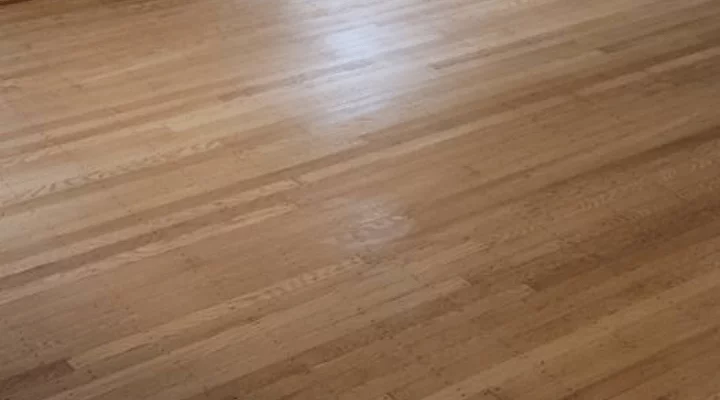
Benefits of Satin Sheen:
- Subtle Elegance: Satin finishes bring a refined and understated elegance to wood surfaces. They strike a delicate balance between a matte appearance and a touch of shine, creating a sophisticated ambiance.
- Natural Beauty Enhancement: Satin sheen enhances the natural beauty of the wood without overpowering it. It allows the wood’s grain and texture to shine through, adding depth and character to the surface.
- Minimized Glare: The low sheen level of satin finishes minimizes glare, making them an ideal choice for areas where excessive reflection could be bothersome. This makes satin finishes particularly suitable for rooms with ample natural light or areas where artificial lighting can create glare.
- Versatile Applications: Satin finishes are versatile and can be applied to a wide range of wood surfaces. They work well on furniture, cabinetry, trim, and even walls, providing a smooth and elegant appearance.
Drawbacks of Satin Sheen:
- Limited Stain Resistance: Compared to higher sheen finishes like semi-gloss or gloss, satin finishes may be less resistant to stains and marks. It’s important to take precautions and properly maintain satin-finished surfaces to minimize the risk of stains.
- Reduced Durability: Satin finishes may be less durable than higher sheen options, as they offer less protection against wear and tear. While they are suitable for everyday use, high-traffic areas or surfaces exposed to frequent contact may require additional care and maintenance.
When to Choose Satin Sheen:
- Creating a Soft, Elegant Atmosphere: Satin finishes are perfect for spaces where you want to establish a soft and sophisticated ambiance. They work well in master bedrooms, living rooms, and other areas where a gentle, refined aesthetic is desired.
- Minimizing Glare: If you have areas with abundant natural light or intense artificial lighting, satin finishes can help reduce glare and create a more comfortable environment.
- Showcasing Natural Beauty: Satin sheen allows the natural beauty of the wood to shine through, making it an excellent choice for surfaces where you want to highlight the grain and texture.
- Versatile Applications: Satin finishes can be applied to a wide range of wood surfaces, making them suitable for furniture, cabinetry, trim, and even walls.
Gloss Finish: Mirror-Like Brilliance
At the other end of the spectrum, gloss finishes dazzle with their high level of sheen and exceptional reflectivity. These finishes boast the least amount of flattening agents, resulting in a surface that showcases the wood’s inherent beauty to the fullest. Gloss finishes create a stunning and captivating effect, transforming wood surfaces into shining beacons that catch the eye. The mirror-like brilliance of gloss finishes draws attention to the depth, richness, and intricate details of the wood grain. It’s the perfect choice when you want to make a bold and dramatic statement, elevating the visual impact of your woodwork.
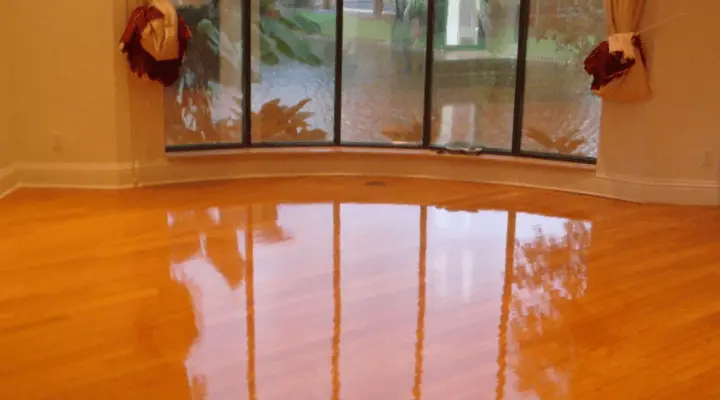
Benefits of Gloss Sheen:
- Exquisite Reflectivity: Gloss finishes offer an unmatched level of reflectivity, allowing wood surfaces to shine with unparalleled brilliance. The mirror-like appearance creates a captivating visual effect that enhances the overall aesthetic appeal.
- Highlighting Wood Grain: Gloss finishes accentuate the depth and intricacy of the wood grain, bringing out its natural beauty and character. They create a lustrous surface that showcases the unique patterns and textures of the wood, making it a standout feature in any space.
- Elevated Elegance: The high-gloss effect adds a touch of sophistication and glamour to wood surfaces. It creates a luxurious and polished appearance that instantly elevates the overall aesthetic of the space.
Drawbacks of Gloss Sheen:
- Visible Imperfections: The highly reflective nature of gloss finishes means that any imperfections on the wood surface will be more noticeable. Scratches, dents, or unevenness may be accentuated by the glossy sheen, requiring careful preparation and surface treatment before applying a gloss finish.
- Maintenance and Cleaning: Gloss finishes may require more frequent cleaning and maintenance to preserve their lustrous appearance. Fingerprints, smudges, and dust particles are more easily visible on a glossy surface, necessitating regular upkeep to keep it looking pristine.
- Application Considerations: Gloss finishes are best suited for surfaces where a bold and striking visual impact is desired. They may be less suitable for spaces with abundant natural light or areas where glare can be problematic, as the high reflectivity of gloss finishes can intensify glare and create discomfort.
When to Choose Gloss Sheen:
- Creating a Statement Piece: Gloss finishes are perfect for creating focal points and statement pieces. They excel in enhancing the beauty of wood surfaces that serve as centerpieces or design features, such as furniture accents, decorative trim, or art installations.
- Highlighting Intricate Details: If your woodwork features intricate patterns, carvings, or delicate inlays, a gloss finish can accentuate these details, bringing them to the forefront and showcasing their craftsmanship.
- Luxurious and Glamorous Aesthetics: Gloss finishes add a touch of luxury, elegance, and sophistication to any space. They are ideal for creating a glamorous atmosphere in settings such as upscale dining rooms, formal living areas, or high-end furniture pieces.
Semi-Gloss Finish: Striking the Right Balance
Semi-gloss finishes find themselves in the middle ground, striking a balance between the subdued elegance of satin and the dazzling brilliance of gloss. They offer a moderate level of sheen, providing a visually pleasing luster that enhances the wood’s appearance without overwhelming it. Semi-gloss finishes add a touch of sophistication and visual interest, making them a popular choice for various wood surfaces. With their ability to strike the right balance between matte and glossy, they infuse a sense of refinement while still allowing the natural beauty of the wood to shine through.
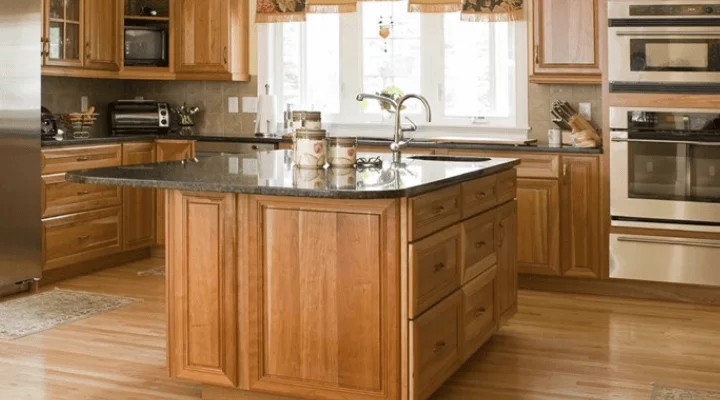
The Benefits of Semi-Gloss Sheen:
- Refined Luster: Semi-gloss finishes offer a subtle yet noticeable sheen that brings life to wood surfaces. They enhance the aesthetic appeal of the wood, giving it a polished and refined appearance.
- Versatile Application: Semi-gloss finishes are highly versatile and can be applied to a wide range of wood surfaces. They work well on furniture, cabinets, trim, doors, and other woodwork, adding a touch of sophistication and visual interest.
- Enhanced Durability: Compared to satin finishes, semi-gloss options often provide greater durability. They offer increased resistance to wear, scratches, and stains, making them suitable for high-traffic areas or surfaces that require extra protection.
- Ease of Maintenance: Semi-gloss finishes are relatively easy to clean and maintain. Their smooth and glossy surface repels dust and dirt, allowing for convenient cleaning and upkeep.
Considerations for Semi-Gloss Sheen:
- Visible Imperfections: Like gloss finishes, semi-gloss surfaces can make imperfections more noticeable. Scratches, dents, or uneven areas may stand out under the sheen, so proper surface preparation is important to achieve a smooth and flawless result.
- Light Reflection: Semi-gloss finishes reflect more light compared to satin, which can affect the overall ambiance of a space. Consider the lighting conditions and desired mood when choosing between semi-gloss and other sheen options.
When to Choose Semi-Gloss Sheen:
- Balanced Elegance: Semi-gloss finishes strike the perfect balance between a subdued satin and a high-shine gloss. They are an excellent choice when you want to add sophistication and visual interest to wood surfaces without overwhelming them.
- High-Traffic Areas: The enhanced durability of semi-gloss finishes makes them well-suited for high-traffic areas that require extra protection. Consider using semi-gloss for furniture, cabinets, or trim in busy areas of your home.
- Moisture-Prone Spaces: Semi-gloss finishes offer improved moisture resistance compared to satin options. They can withstand the humidity and occasional moisture exposure commonly found in kitchens, bathrooms, or other damp environments.
In the realm of wood finishes, satin, gloss, and semi-gloss options offer distinct visual effects and cater to different preferences and design objectives. By understanding the unique characteristics of each sheen, you can confidently choose the perfect finish that will bring out the best in your woodwork and create the desired atmosphere in your living spaces.
But what lies beyond aesthetics? Is sheen purely a matter of visual appeal, or does it have functional implications? Stay with us as we explore the significance of sheen selection and how it can influence both the look and performance of your wood finishes.
Comparing the sheens
Satin vs Semi-Gloss vs Gloss
At times, the easiest way of gauging which finish will work for you is to compare satin, semi-gloss, and gloss. Through the comparison, you will understand the best suited for your specific project.
The primary difference between the three is the sheen, with satin paint barely having any shining characteristics and the shiniest being gloss.
Although gloss and semi-gloss finishes are durable, a satin finish also provides the same protection and withstands wear and tear. Therefore, apart from the sheen, the three finishes are highly comparable.
However, since all the finishes vary in light reflection, each is better suited for specific situations. Let’s now compare them to help you determine which option is best suited for your specific project.
Satin vs. Semi-Gloss finish on furniture
Semi-gloss and satin paint is almost similar in terms of sheen.
However, semi-gloss paint provides more light reflection than satin. As a result, paint colors may seem a bit altered, depending on the color of the light and the amount of light in the room. Nonetheless, a semi-gloss finish on furniture may provide a richness that may be lacking in a satin finish on the same furniture.
A semi-gloss finish is a viable choice for areas prone to touch, including cabinets and furniture. Furthermore, the paint is durable and resistant to moisture, making it ideal for bathrooms and kitchens or furniture in areas prone to moisture.
In most cases, the sheen is not screaming, so it can be a good choice if you want to brighten up a slightly lit room.
Satin paint usually works best when you are trying to hide imperfections. Since it reflects less light, the edges of the dents are barely visible. A satin finish also works well in large areas where light reflection may be too overwhelming.
Satin vs Gloss
Satin and gloss are considered entirely different when considering the sheen aspect. When placed next to each other, a satin finish is seen as leaning more towards matte as it only offers a gentle sheen compared to a gloss, which is the shiniest.
Due to the contrast, the two can work perfectly together.
Gloss and satin finishes are reasonably durable, so they can be applied in almost all rooms.
Satin is usually less intense when applied on walls, thereby providing actual experiences in color because it is not altered by reflection.
Gloss paint is an excellent choice for accent and trims pieces because of its ability to bounce light and draw attention to unique features in the room.
Gloss vs semi-gloss
The most significant contrast between the two is the sheen. A gloss finish is shinier than a semi-gloss finish.
Gloss paint works particularly well on trim, molding, and furniture pieces, where the surface should be free of imperfections.
Painting such items makes them stand out, and anyone would conclude that you are a professional designer.
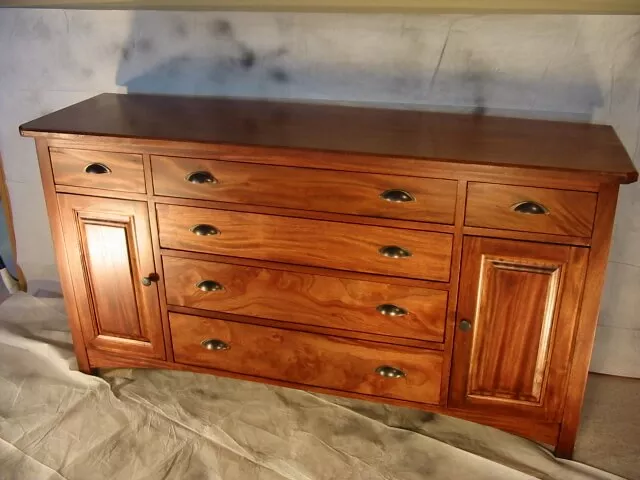
On the other hand, gloss should not be applied on large walls, as it would seem too exaggerated. At times, it becomes too overwhelming even after being applied to a single wall.
It is advisable to use semi-gloss when covering a large area, especially if you need your sheen to be noticeable.
Satin vs. semi-gloss wood finish
The difference between clear satin and clear gloss paint is the luster.
When it comes to clear satin vs clear gloss, I always give the same answer. Clear Satin paint provides a velvet-ish look with only a slight shine.
On the other hand, clear gloss paint offers a lacquer-like finish to your surface, and light bounces off it dramatically because it is highly reflective. So it’s all about preference.
A clear coat of paint is usually applied on top of the conventional colored paint and protects the colored surface as it reduces the chances of the color wearing off with time.
Clear paint also helps in altering the shininess of existing paint. For instance, you can change the sheen of a piece of furniture with a matte finish by applying a clear coat of gloss paint. The clear coat will preserve the color and brighten the piece because of the reflective nature of the clear gloss paint.
Related: What is Warm Polyurethane
Conclusion: the difference between gloss vs semi-gloss vs satin finishes
When beginning your project, it is essential to know whether you need satin, semi-gloss, or gloss paint, depending on the project you intend to paint. Although the three may be confusing, it is advisable to always seek help at the local paint shop before purchasing, as it would help ensure your project is flawless.

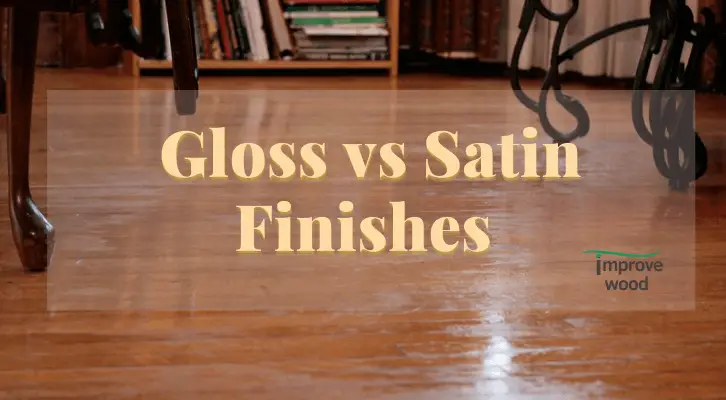
1 thought on “Gloss vs Semi-Gloss vs Satin: Understanding Sheen levels”
Comments are closed.